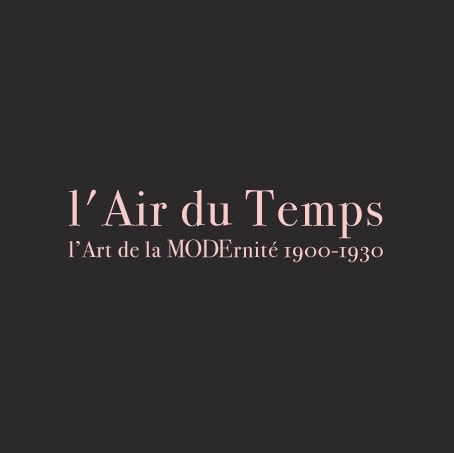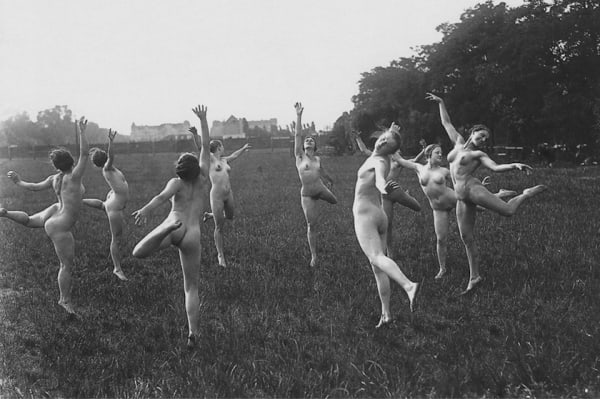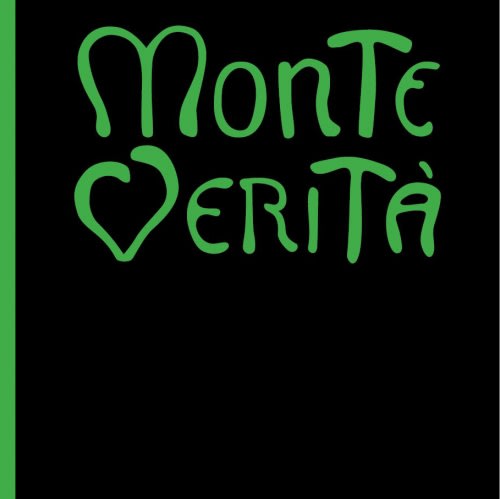Kees van Dongen Dutch-French, 1877-1968
Kees van Dongen was a French painter of Dutch origin. He was a founding member of Fauvism and acclaimed portraitist. His popularity took him from the popular streets of Montmartre to the elegant avenues of Paris.
-

L'Air du Temps
The art of modernity 1900-1930 27 April - 28 July 2018During the first 30 years of the twentieth century, the costumes and codes of the fashion underwent the most radical transformations. Fashion became a definite marker of social change, innovation...Read more -

Monte Verità
Expressionist Utopia 15 April - 30 July 2016Founded in the early 20th century as an alternative vegetarian colony, Monte Verità quickly became a cradle of European counterculture as prominent artists, anarchists, philosophers and dancers settled there. Key...Read more
Kees van Dongen trained at the Rotterdam Academy and started his artistic carreer by publishing drawings in local newspapers on the theme of the port and its prostitutes, while pursuing in his first paintings to develop a true passion for colours. He left the Netherlands for Paris in 1897 and settled in Montmartre. Van Dongen's humor and talent for illustration allowed him to make a living, selling caricatures and watercolours to magazines such as Assiette au beurre and Revue blanche. Meanwhile, meeting the artists of his generation in Paris, he experimented briefly with divisionism and then, more profoundly, by the style of Les Nabis.
Kees van Dongen soon emerged as one of the main representatives of Fauvism, a style of painting that made a bold first appearance at the Salon d’Automne in 1905.
Van Dongen favorite subject was the colourful, louche world of the Parisian cafés he frequented during those years, populated by prostitutes, dancers and ‘grisettes’, as well as scenes inspired by the Médrano Circus (1906–1907). Success followed very soon afterwards: a first solo exhibition at the Vollard gallery (1904), an invitation from the art dealer Kahneweiler to show his paintings in Düsseldorf, and a contract with gallery Bernheim-Jeune (1909–1915). He had contacts with the German expressionist; he had a particular influence on Jawlensky, a member of the Blaue Reiter, and contributed drawings to an exhibition of Die Brücke in Dresden in 1908. He also discovered the colours of the Mediterranean during trips to Spain, Morocco (1910–1911) and Egypt (1913). His affair with the Marchesa Casati from 1913, as well as his growing fame, gained him entry into the world of aristocracy and high bourgeoisie.
Becoming their favourite portraitist, high society became his main clientele from the end of the First World War to 1929.
He captured the energy of the roaring twenties: the races at Longchamp, the beach and casino of Deauville, the brilliant Parisian soirées, and portrayed the elegant bejewelled women dressed in the latest fashions.
In the 1930s Van Dongen turned his interest to landscape, while still continuing to work as a portraitist. He also drew illustrations for books, in particular a special 1925 edition of La Garçonne (1922), by Victor Margueritte, a seminal novel of the twenties. He was also the author of La Hollande, les Femmes et l’Art (1927), La Vie de Rembrandt (1927) and Peindre, conseils pratiques (1937).
Van Dongen painted less and less from the 1950s and in 1959 he moved to a villa in Monaco, which he named Le Bateau-Lavoir, in memory of the famous building where he rented a studio, alongside Picasso, Modigliani and many others, during Montmartre’s artistic golden age.
-
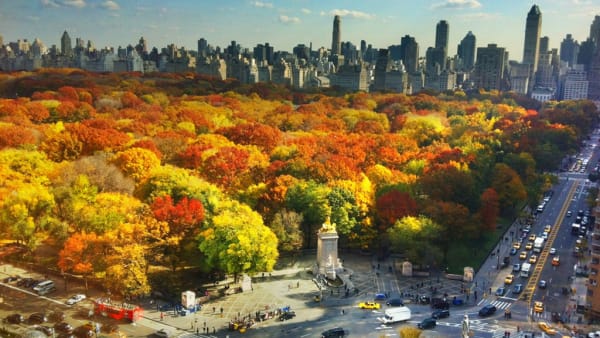
TEFAF NY Fall
New-York 1 - 5 November 2019For TEFAF NY Fall our booth featured an exclusive selection of modern art masterpieces with a focus on the female model in the cabaret culture...Read more -
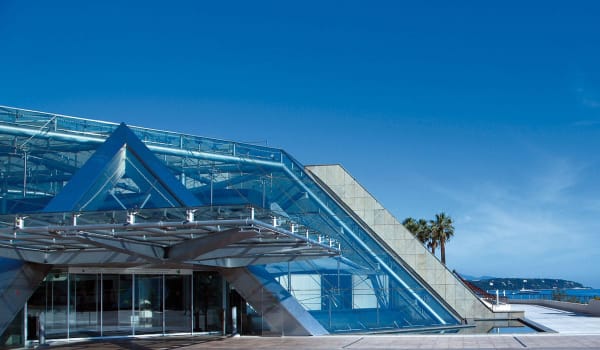
Art Monte-Carlo
Monaco 26 - 28 April 2019For Art Monte-Carlo 2019, the gallery presented Mirror effects , a project aiming to establish a visual dialogue between paintings, reflecting into one other. From...Read more

